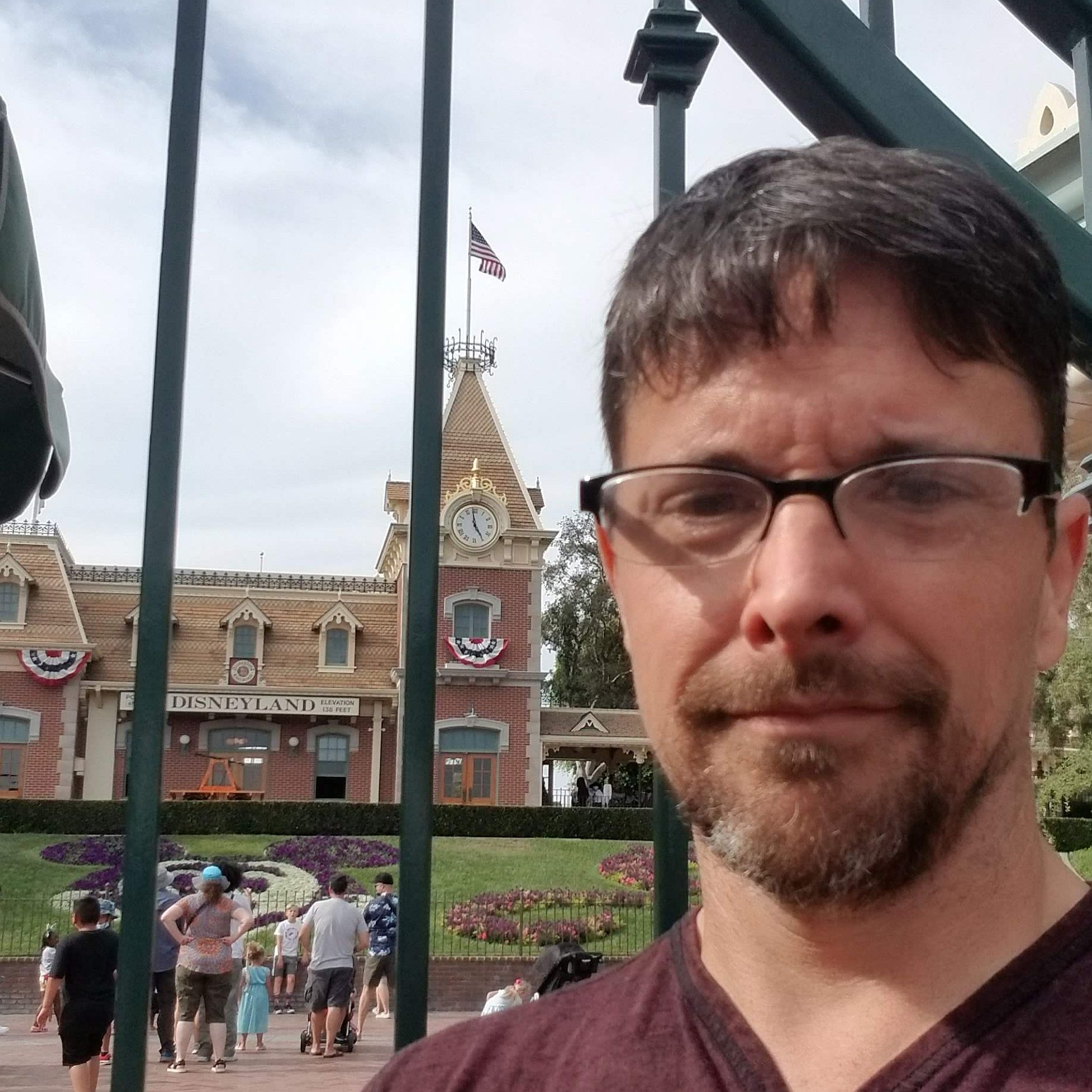How Ang Lee Is Trying To Change The Way Films Are Shown

As technology evolves, so does art. Movies went through revolutionary changes when sound was added, and again when color became the norm. For director Ang Lee, simply making one major change for his next movie isn’t enough. Lee’s next film Billy Lynn’s Halftime Walk will be shown next month for the first time in its intended way. This means that it will be seen in 3D, with a 4K HDR resolution, and at 120 frames per second.
While 3D in cinemas has become a fairly standard occurrence, your traditional movie theater projector creates the three-dimensional image by producing each of the two necessary images in an alternating fashion. At the Future of Cinema Conference in Las Vegas, where Billy Lynn’s Halftime Walk will be shown, video manufacturer Christie will be providing a dual laser projector which will allow for a significantly brighter image than a standard projector. According to The Hollywood Reporter, the four thousand lines of resolution with high dynamic range at 120 fps will be provided via 7th Sense servers.
4K resolution has been around in movie theaters for several years, long before the resolution became popular on home television screens. High dynamic range imaging, a process by which the eye is able to register more subtle gradations of brightness, has also been around for a long time but has recently begun to find more favor among television and film viewing.
Probably the biggest shift that Ang Lee will be showing off in movie making is the 120 frames per second filming. Most movies are still shot at the cinema standard 24 frames per second. While some filmmakers have experimented with different film speeds, as Peter Jackson did with The Hobbit: An Unexpected Journey, which could be seen in some theaters at 48 fps, the 120 fps speed is significantly faster than even that.
Each of these technologies on their own has the potential to make a significant change to movie watching in a theater. All of them combined could be a tectonic shift in the industry. Different filmmakers seem to have very different feelings regarding technology. Some are open to embracing whatever new thing comes along, to see how they can use it improve their movies. Ang Lee is about as far from Quentin Tarantino as you can get when it comes to filmmaking. While Lee is embracing every possible technological advantage, Tarantino’s last movie used camera lenses that hadn’t been used to make movies for 40 years. Both, however, make their approaches work to their advantage.
It will be interesting to see what the reaction to those in attendance at the Billy Lynn’s Halftime Walk screening are. The film has a phenomenal cast, and may be a great movie, but it’s possible people will be talking more about how it looked than anything else. If the response is positive, we may see many more people moving to these new techniques. Do you think new technology adds to the viewing experience, or does it all just get in the way of great movies?
CINEMABLEND NEWSLETTER
Your Daily Blend of Entertainment News

CinemaBlend’s resident theme park junkie and amateur Disney historian, Dirk began writing for CinemaBlend as a freelancer in 2015 before joining the site full-time in 2018. He has previously held positions as a Staff Writer and Games Editor, but has more recently transformed his true passion into his job as the head of the site's Theme Park section. He has previously done freelance work for various gaming and technology sites. Prior to starting his second career as a writer he worked for 12 years in sales for various companies within the consumer electronics industry. He has a degree in political science from the University of California, Davis. Is an armchair Imagineer, Epcot Stan, Future Club 33 Member.
Most Popular






